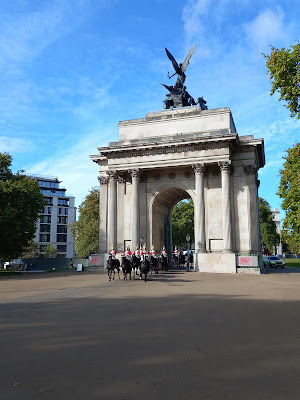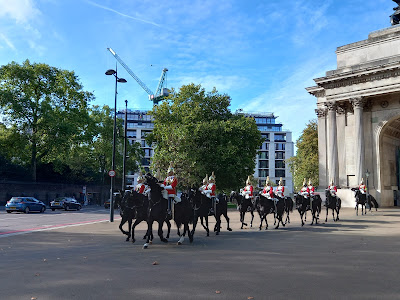Walter Sickert (1860-1942) was a German born British artist moving to England with his family at the age of eight. He was recognised as one of the most important artists of the 20th century, helping to shape modern British art. He was a founding member of the New English Art Club and the leader of the Camden Town Group. I recently visited an exhibition of his work at the Tate Britain and here are just a few of his works.










Despite his association with the Camden Town Group of artists who took their subjects from the streets of the London district, Sickert rarely depicted the streets of London itself. 'Easter' depicts Dawson Brothers, a linen-drapers shop on City Road close to Old Street tube station. The shop was in business from the 1840s until the late 20th C. Sickert has painted the almost disserted street at night illuminated by a window display of Easter bonnets.


The Camden Town Murder was the name given to a real event: the murder of Emily Dimmock in Camden in 1907. The murder attracted huge press attention. Sickert took advantage of the interest and controversy raised by giving some of his paintings titles that allude to the murder. He also reworked them and gave them alternative titles. This allowed the viewer to imagine different narratives and relationships between the figures in their different configurations rather than any kind of illustration of Dimmock's murder. The series has long intrigued audiences because of the ambiguity between title and subject matter. For Sickert, these works furthered his exploration of narrative painting. However, some people are critical of the potential for violence they see within the scenes.
Information from the Guide to the exhibition: Tate Britain
St Mark's Venice
The facade of St Jacques, Dieppe
I did enjoy the exhibition. This is just a small example of the works on display. I was surprised by his range of subject matter from landscapes, portraits, music halls and entertainers to his fascination with narrative painting and reinventing the 'conversation piece'.





















